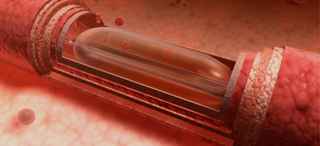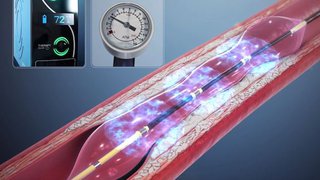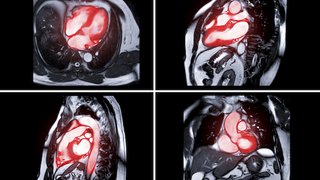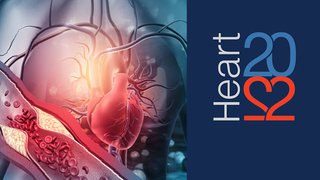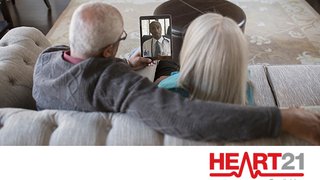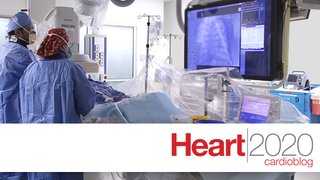Opening Arteries Without Open-Heart Surgery
Atherosclerosis causes the blood vessels throughout the body to become narrow (stenosis) and sometimes completely blocked. When narrowing occurs in the arteries that carry blood to and from the heart, it can cause serious conditions such as coronary artery disease and carotid artery disease.
Balloon angioplasty is a minimally invasive cardiac catheterization procedure used to open narrow and blocked arteries. Heart stents are tiny lattice-shaped metal tubes that serve as scaffolding to keep the artery open.
Because UT Southwestern cardiologists are active in heart research and national-level work, we are at the vanguard of the newest technologies and most innovative approaches to angioplasty and cardiac stenting. Our offerings include:
- Transradial angioplasty: Minimally invasive procedure performed through the wrist instead of the groin
- Laser-assisted angioplasty: Similar to a balloon angioplasty but uses a laser-tipped catheter instead of a balloon to open the artery
- Drug-eluting stent: Releases medication at intervals to reduce the risk of the vessels becoming narrow again
- Bare-metal stents
Our team works closely with each patient to choose the personalized, science- based treatments most likely to result in the best outcomes.
Heart Conditions We Treat with Angioplasty
Balloon angioplasty and heart stent implantation are typically offered to patients with narrow or blocked arteries for whom medication has been unsuccessful and/or who have suffered a heart attack that does not require cardiac bypass surgery.
Angioplasty and Stenting: What to Expect
Pre-Procedure Details
The surgeon provides specific instructions to the patient prior to the balloon angioplasty – and possible stenting – and explains risks such as bleeding, infection, or adverse reaction to anesthesia.
Patients also meet with the anesthesiologist prior to the surgery to review their medical history. Patients should not eat after midnight the night before the surgery.
On the day of surgery, the patient arrives at the hospital, registers, and changes into a hospital gown. A nurse reviews the patient’s charts to make sure there are no problems.
The anesthesiologist then starts a local anesthesia IV, and the patient is taken to the operating room, where the surgeon verifies the patient’s name and procedure before any medication is given. The procedure begins once the anesthesia is in effect.
Procedure Details
In balloon angioplasty, the cardiologist makes a tiny incision in the groin or wrist to access the femoral artery and inserts a thin, flexible tube (catheter) with a tiny deflated balloon or other device at its tip.
The cardiologist guides the catheter to the site of the narrowed or blocked artery and inflates the balloon, which compresses the plaque against the artery wall and helps restore blood flow.
If the doctor decides that a heart stent will help prevent the spot in the artery from closing or re-closing, the balloon catheter is removed and a stent is placed in the area where the angioplasty was performed. The small, lattice-shaped metal tube acts as a scaffolding to keep the artery open.
When the procedure is complete, all catheters and guidewires are removed, and the small incision is closed with stitches.
Post-Procedure Details
After the procedure, patients are taken to the postoperative recovery area and monitored. Pain is likely, and pain medication is given as needed.
The length of the hospital stay depends on how quickly the patient is able to recover and perform some physical activity.
Support Services
UT Southwestern’s cardiac rehabilitation specialists create customized plans that integrate proper nutrition, exercise, and, if necessary, nicotine cessation into patients’ lifestyles to improve their cardiovascular health.
Clinical Trials
As one of the nation’s top academic medical centers, UT Southwestern offers a number of clinical trials aimed at improving the outcomes of patients with cardiovascular disease.
Clinical trials often give patients access to leading-edge treatments that are not yet widely available. Eligible patients who choose to participate in one of UT Southwestern’s clinical trials might receive treatments years before they are available to the public.
